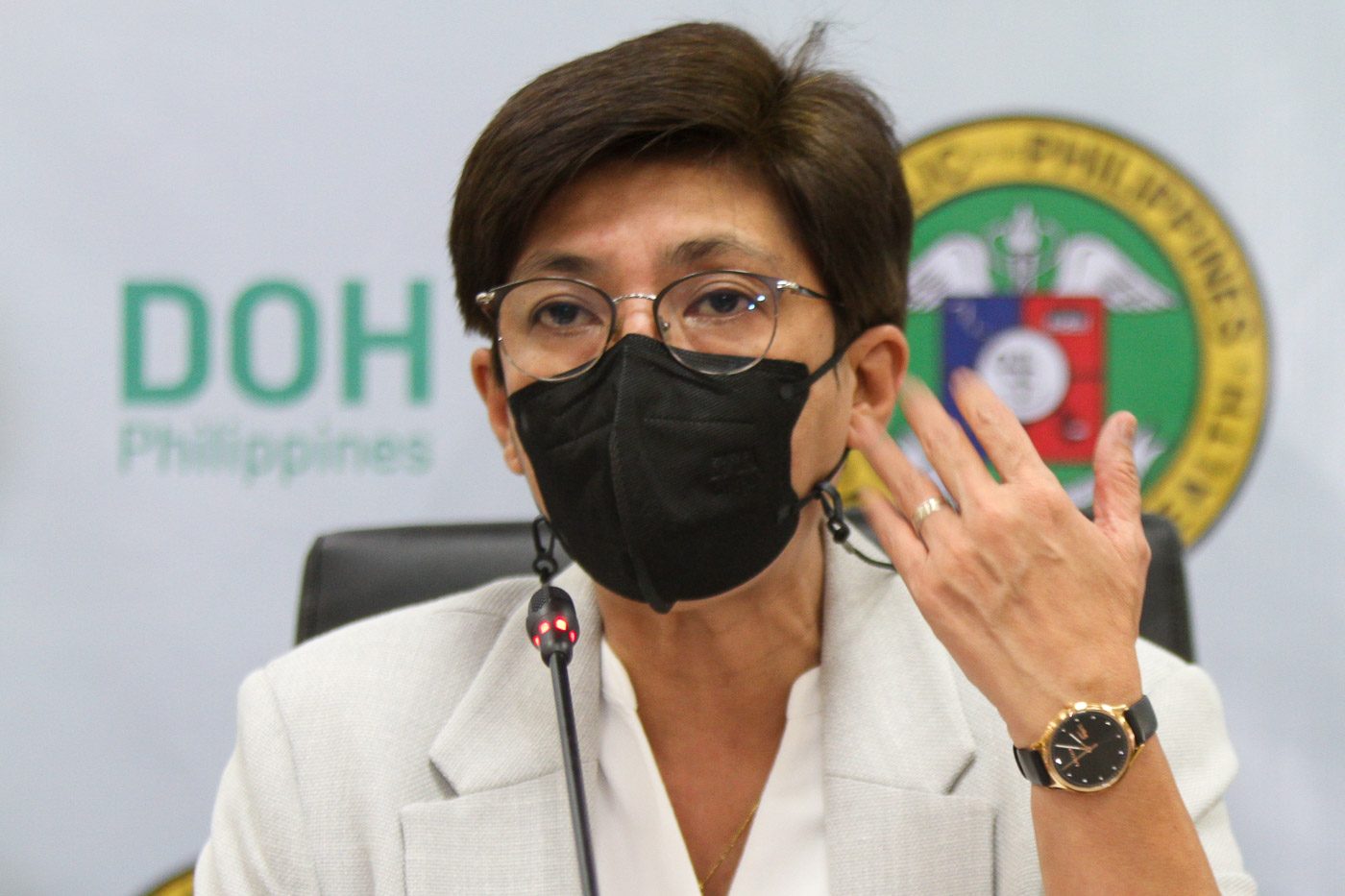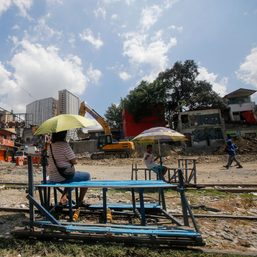SUMMARY
This is AI generated summarization, which may have errors. For context, always refer to the full article.

MANILA, Philippines – While other countries have already tightened their border controls as China deals with a surge in COVID-19 infections, the Philippines is not keen on imposing new restrictions for travelers from that country.
In a press briefing on Friday, January 6, Department of Health (DOH) officer-in-charge Maria Rosario Vergeire said that the government response is not only to base its decisions on the prevailing situation in China alone.
“Kailangan po natin tingnan ang kabuuan ng sitwasyon at hindi lang natin i-focus ang pag iisip at pag dedesisyon sa China… Nakikita natin na not just in China, but in other parts of the Globe ay may nadedetect na ganitong variant,” Vergeire said.
(We need to understand the entirety of the situation and not only focus the decisions on China alone. We’re seeing that this kind of variant has already been detected in other parts of the globe, not just in China.)
The massive outbreak in China is driven by BF.7 subvariant of Omicron. The high transmission rate of BF.7 due to the many asymptomatic carriers is seen to be the reason why the Chinese government is having difficulty in taming the surge.
In the Philippines, four cases of the said highly infectious coronavirus subvariant had already been reported by the DOH in December 2022.
Vergeire said that despite the detection, the country saw no significant rise in COVID-19 cases, saying that current protocols are still effective.
“Dito po sa ating bansa, na detect na po itong variant na nadetect sa China at nakita naman po natin na hindi gaano tumaas ang kaso,” she said.
(Here in our country, we already detected this variant that was detected in China and we saw that cases did not rise significantly.)
A growing list of countries – which already includes South Korea, Spain, the United States, and India – have begun implementing COVID tests for travelers from China. (READ: COVID-19 travel curbs against Chinese visitors ‘discriminatory’ – state media)
It is important to note that this is not the first time that BF.7 has made headlines. In October, BF.7 started to replace the variants that were then dominant in the United States and several European countries. The subvariant accounted for over 5% of US cases and 7.26% of UK cases in October.
Majority of people in the United States and European countries have already been vaccinated and have gotten their booster shots against COVID-19.
Currently, travelers arriving in Manila are only required to present proof of a negative COVID-19 test if they are partially vaccinated or unvaccinated.
President Ferdinand Marcos Jr. on Thursday, January 5, capped off his two-day visit in China, bringing home bilateral arrangements signed with the Chinese government.
On Wednesday, January 4, the DOH reported that eight unvaccinated Filipinos who arrived in the country from China tested positive for COVID-19. These Filipinos arrived in Manila between December 27 and January 3, and underwent antigen testing upon arrival at the Ninoy Aquino International Airport. – Rappler.com
Add a comment
How does this make you feel?




![[OPINION] Beyond infrastructure: Ensuring healthcare access for the poor](https://www.rappler.com/tachyon/2024/03/tl-healthcare-access-03402024.jpg?resize=257%2C257&crop_strategy=attention)
There are no comments yet. Add your comment to start the conversation.